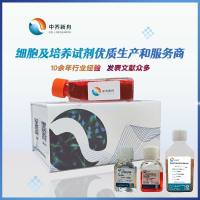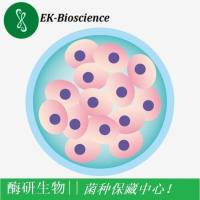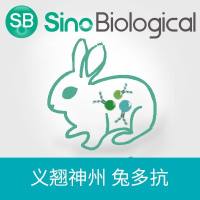Cultured adherent cells can be electroporated in situ, as they grow on a glass slide coated with electrically conductive, optically transparent indium-tin oxide (ITO). Although the introduction of DNA is a common use, the technique of electroporation in situ is valuable for studying many aspects of signal transduction. This is because, under the appropriate conditions, in situ electroporation can be remarkably nontraumatic, while a large variety of molecules, such as peptides, oligonucleotides, or drugs, are introduced instantly and into essentially 100% of the cells, making this technique especially suitable for kinetic studies of effector activation. Following the introduction of the material, the cells can be either extracted or biochemically analyzed, or their morphology and gene expression can be examined by immunocytochemistry. In this chapter, we describe the introduction of a peptide blocking the Src-homology 2 domain of the adaptor Grb2 to inhibit the activation of the downstream effector Erk1/2 by EGF. The setup includes nonelectroporated, control cells growing side by side with the electroporated ones on the same type of ITO-coated surface. In a modified version, this assembly can be used very effectively for studying intercellular, junctional communication: cells are grown on a glass slide half of which is ITO-coated. An electric pulse is applied in the presence of the fluorescent dye lucifer yellow, causing its penetration into the cells growing on the conductive part of the slide, and the migration of the dye to the nonelectroporated cells growing on the nonconductive area is microscopically observed under fluorescence illumination.






